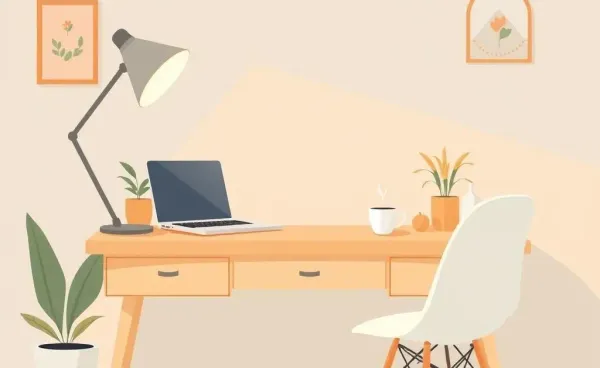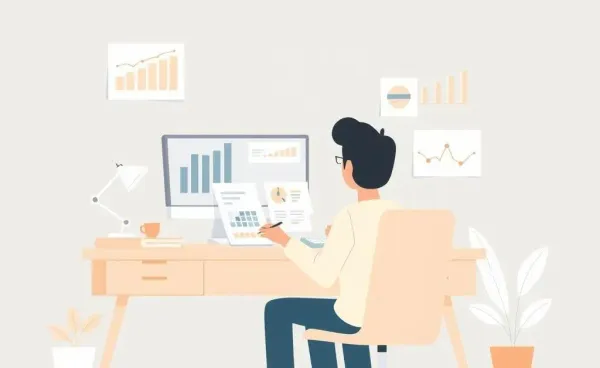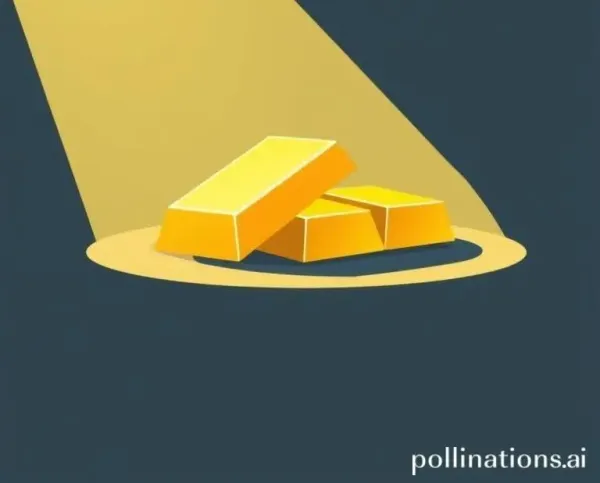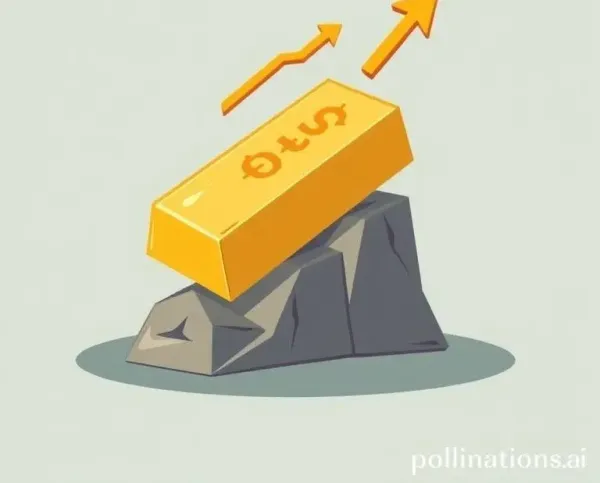Understanding PMI: How to Save Money on Your Home Loan
Learn what PMI is and discover practical strategies to avoid it on your home loan.
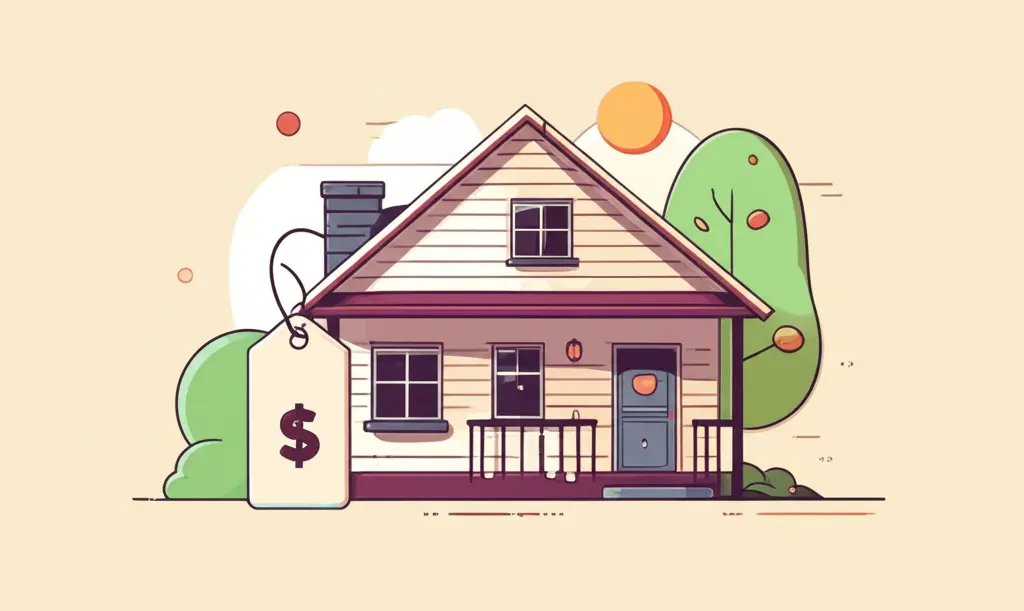
Hey there, friend! If you’ve ever thought about buying a home or are already in the process, you might've stumbled upon the term 'PMI.' It stands for Private Mortgage Insurance, and it might not be the most exciting dinner table topic, but knowing about it can save you a chunk of change.
Let's dive into what PMI really is, why it's a thing, and a few handy tips on how you can dodge it.
What is PMI?
Private Mortgage Insurance is, in essence, insurance for your lender, not for you. When you make a down payment of less than 20% on a home, lenders see this as a riskier investment. So, PMI is there to protect them in case you default on your loan. But guess who pays for this? Yup, that's right, you do!
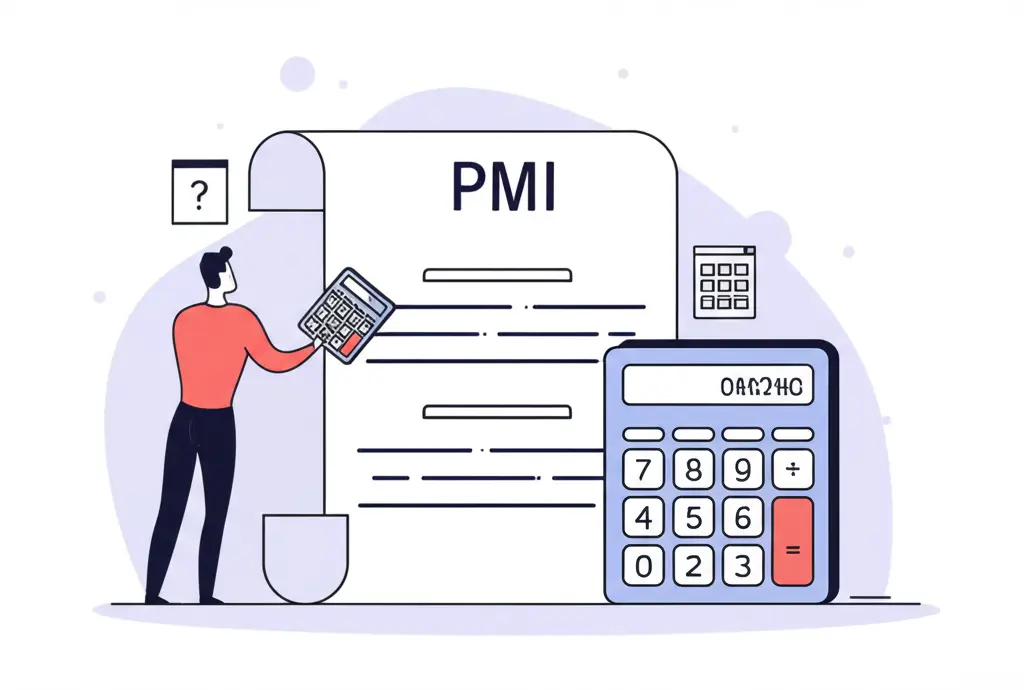
Why Avoid Paying PMI?
No one likes paying more than they have to, especially when it doesn’t directly benefit them. PMI can add a significant amount to your monthly mortgage bill, typically ranging from 0.3% to 1.5% of your original loan amount. That's extra money each month that could go towards your new home's landscaping fund or that cozy reading nook you've been dreaming of.
Ways to Dodge PMI
- Increase Your Down Payment: The simplest way to avoid PMI is by making a down payment of 20% or more. I know it's easier said than done, but every extra dollar you save brings you closer!
- Consider a Piggyback Loan: Some folks opt for an 80-10-10 loan. It’s a bit of a juggling act with two loans instead of one, but it can get you out from under PMI's thumb.
- Opt for Lender-Paid Mortgage Insurance: This involves higher interest rates, so do your homework and see if this path suits you better.
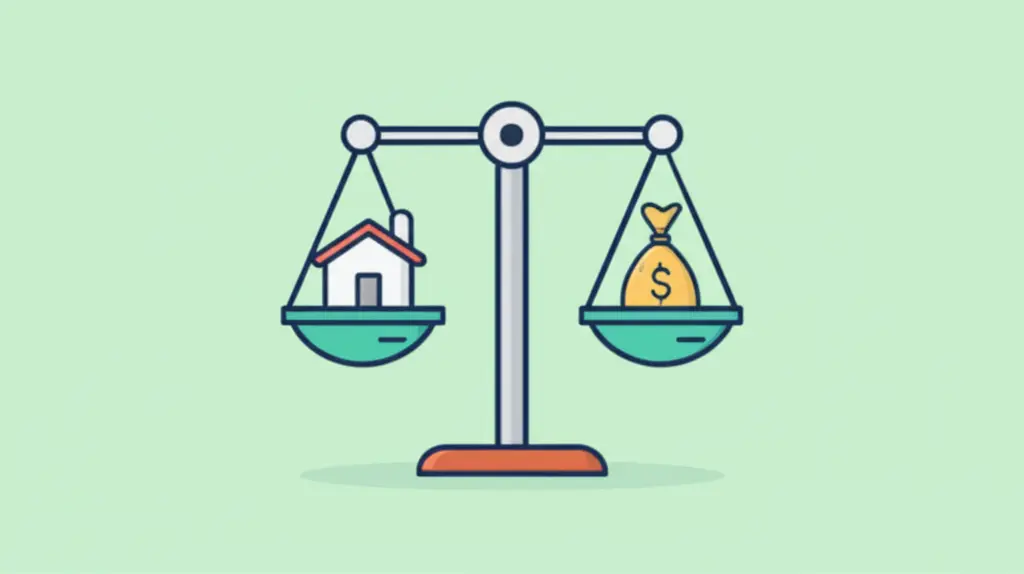
When Can PMI Be Dropped?
If you’ve already got PMI, don't worry. You can request to cancel it once your home equity reaches 20%. This usually happens as you pay down your principal or if your home increases in value. A smart move is to keep track of your payments and your home's market value annually.
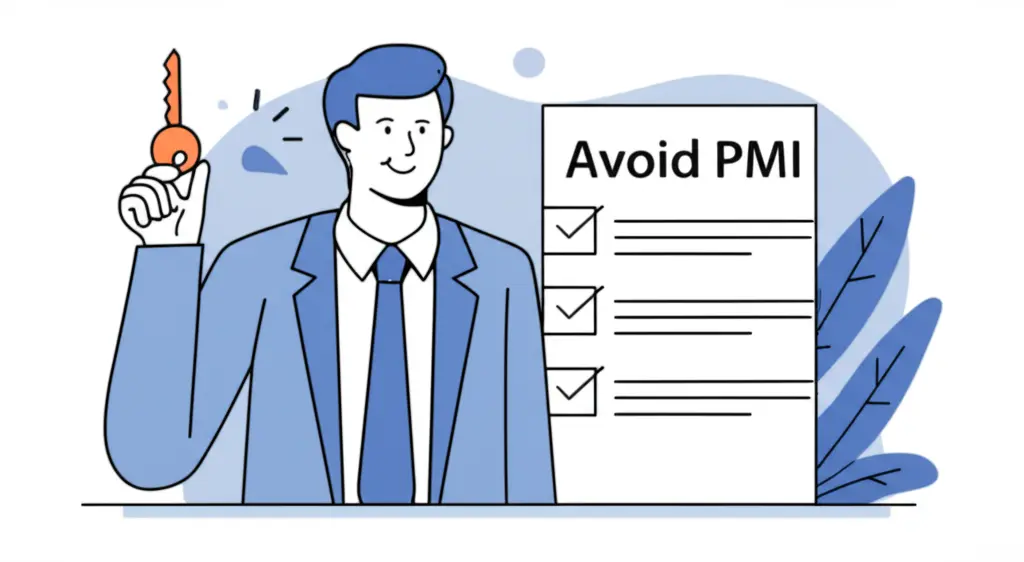
Wrapping Up
PMI might seem like just another unavoidable cost of buying a home, but with some planning and financial strategy, it can be. Do you have any other creative tips or personal stories about dealing with PMI? I’d love to hear about them! Feel free to continue the conversation in the comments below.

